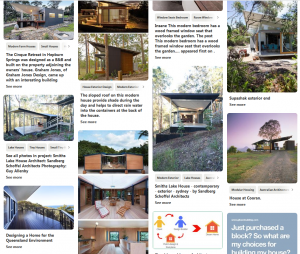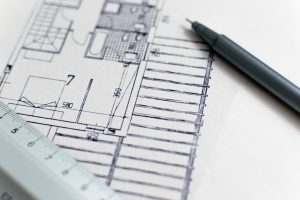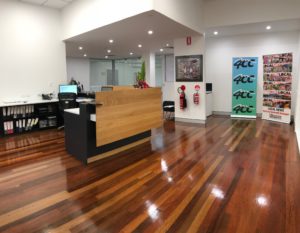All too often a Client looking to build their dream home is uncertain as to where to start. The key, to whichever approach you choose, is communication.
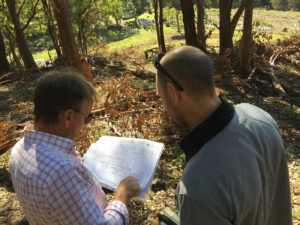
There are some common questions that arise within the initial phases. The most two common ones are listed below and are the subject of this article. Whilst each method of approach has their merits and pitfalls, they both need to be considered.
- The Traditional System: Do you approach a recommended Architect/Designer for the design and then with the tender process, deal with the successful Builder?
- The Design Build System: Do you approach a Design/Builder who will encompass both Design and Buildability? This approach is often coupled with a nagging doubt in the back of the mind – “Will I get the best value for money?”
1. Traditional System
The ‘traditional’ system is a client approaches an Architect, then following a tender, engages a Builder. This is very fragmented with three different parties, often with different ideas and recommendations, all trying to focus on one objective, the Client’s Dream Home.
Initially, the Client/Architect relationship and mutual understanding is key to a successful outcome. Both have to appreciate each parties financial limits, the priority of ‘must haves’ and in turn communication here is the key. It is here that there is value in a Builders involvement with the Client/Architect with regard to “Buildability and Cost”.
The second stage here is the Build. The appointment of the Builder should focus on a few important key factors; experience, reputation communication, and cost. Again fragmentation between you and your Builder or the architect is common but to be avoided at all costs, because it is here where the ‘boots hit the ground’. This stage is the actual transformation from the paper to the tangible and it should happen smoothly and openly to give you the Client the best possible outcome.
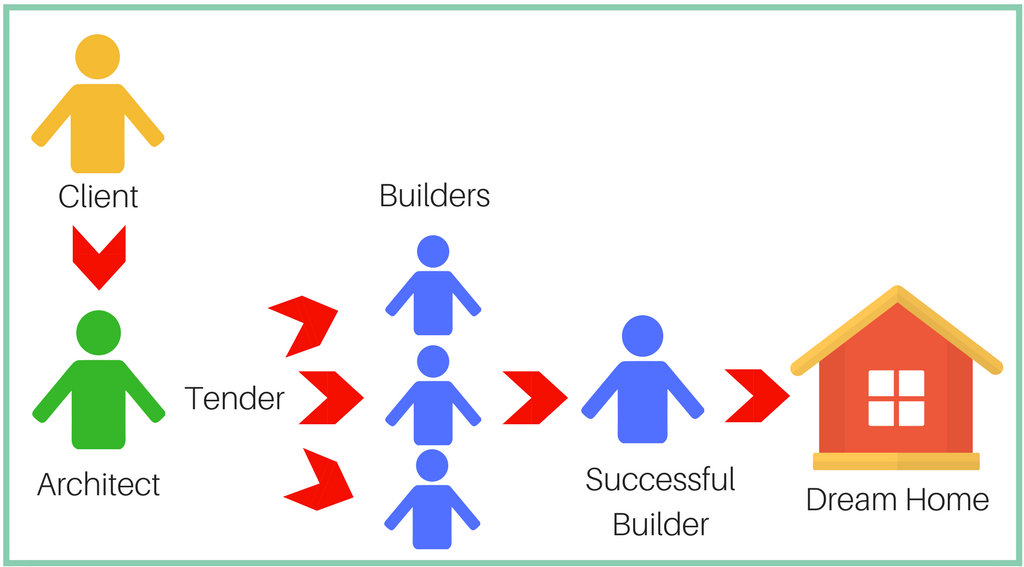
Key tips
- Choose an Architect that you feel understands your needs
- Invite a meeting with the preferred Builder
- Ensure all parties involved are open, transparent with costs and excel at communication
2. Design/Build System
Alternatively, the all-encompassing Design/Build approach has a number of key advantages which are principally the incorporation of Buildability and consequential cost control.
The main concern for the Client is – provided the design meets the expectations – ‘’how do I know the cost is competitive since I can not get a price for that design from anyone else?’
The best way to overcome this is for the Builder to be upfront and transparent with a trade by trade cost breakdown. With such detail and needed clarifications, a client can quickly see how the budget cost is distributed. Some will even present the supplier/subcontractors quote to the Client for the sake of clarity and honesty.
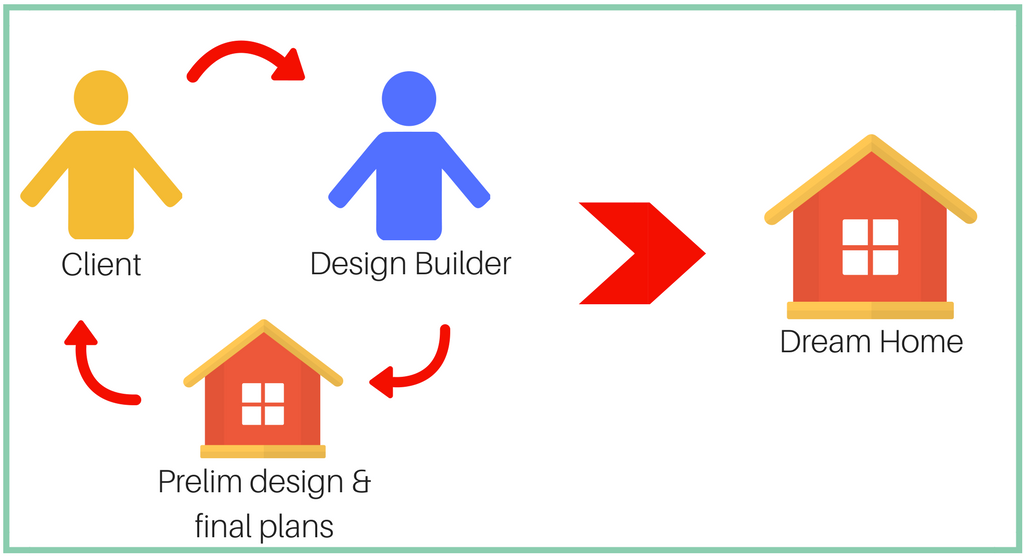
Key Tips
- Choose a Design/Builder with a valuable reputation
- Explore the Design/Builder’s past projects to see if it suits your style
- Ensure the Design/Builder understands your needs and there is quality communication between you both
Conclusion
There is no ideal all-encompassing system. Each has their merits and place based around the type of project involved.
Most importantly, ensure communication between all involved is not fragmented and opposing. Invite your preferred professions together to work collaboratively throughout the initial design stage through to the critical construction stage. Fragmentation and ego’s do not work well together!
Gibson Building is an award-winning Design Builder Company that offers custom quality homes you will love and want to live in for a lifetime.
Why not take a look at our Residential Design Build Portfolio and book a time to have a quick chat with Kieran
Further reading;
Just purchased a block? So what are my choices for building my house?
